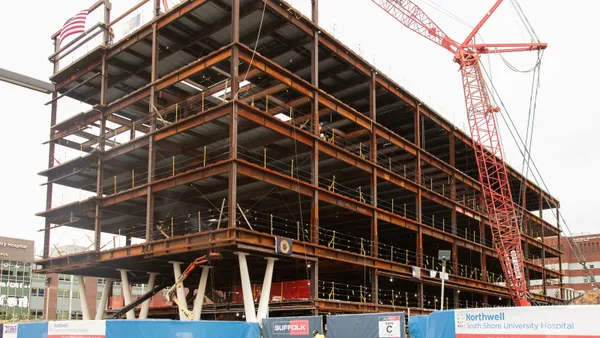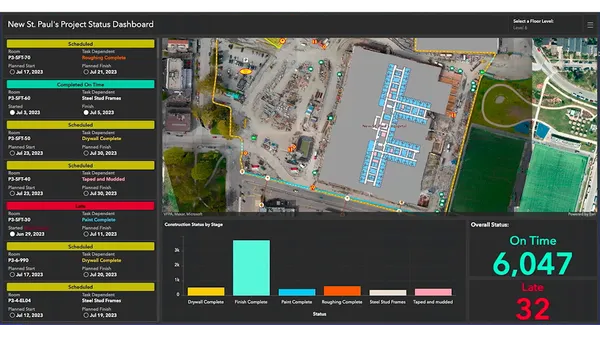A sharp peak in electrical demand can be observed in almost every building during the busiest hours of the day. Although a share of this peak may be attributed to equipment used in the building, a significant portion is caused by increased demand for air conditioning in the heat of the afternoon. This peak in demand requires additional power plant capacity, causes imbalances in the power grid, and may result in increased air pollution. But most importantly for the building owner, peak demand may result in monthly charges many times higher than base electrical rates.
One of the best approaches to shrink peak demand is to reduce the heat load on a building, especially the solar load that drives the need for air conditioning. And few heat reduction strategies can match the energy-savings potential of modern cool roofing technology.
A recent analysis of the effect of cool or highly reflective roofs in reducing peak demand charges suggests that peak demand charges may account for a significant portion of monthly electric bills across the United States and that cool roofs may provide an equally significant opportunity to reduce these charges when installed on air-conditioned buildings. The analysis also suggests that the peak demand and net energy savings offered by cool roofs are available for both new and existing conditioned buildings in all climates within North America.
In an effort to help building owners and designers deal effectively with peak electrical demand charges, the full white paper provides a step-by-step review of all aspects of peak demand, including how to identify peak demand charges on a typical commercial electrical bill, how to estimate the potential savings achieved when installing a cool roof, and how to achieve other business and community benefits associated with reducing the peak energy demand. This information may be especially important since few articles to date on building energy savings have adequately addressed peak-demand issues.
Fortunately, we have a well-developed and effective technology available today to help reduce solar loads in buildings: the reflective or “cool” roof. Cool roofs use a highly reflective surface to direct a significant portion of solar heat of the sun away from the building. Unlike a dark or non-reflective roof surface that absorbs and transfers solar heat into the building, a light-colored, reflective roof surface reflects and drives solar heat away from the building and into the atmosphere.
The savings value of cool roofs is further reinforced because modern cool roofing membranes frequently cost no more that darker non-cool roofs. As a result, all of the savings identified in the analysis tend to drop to the bottom line without any additional cost encumbrances.
One of the most common and effective types of cool roofs are single-ply PVC membranes. These membranes come in a variety of colors, but are most commonly white. By reflecting up to 86% of the sun’s energy, the white membranes from Duro-Last®, Inc. can not only help with peak demand costs, but also energy costs overall.
To learn more about peak energy demand and Duro-Last Roofing Systems, click here.









